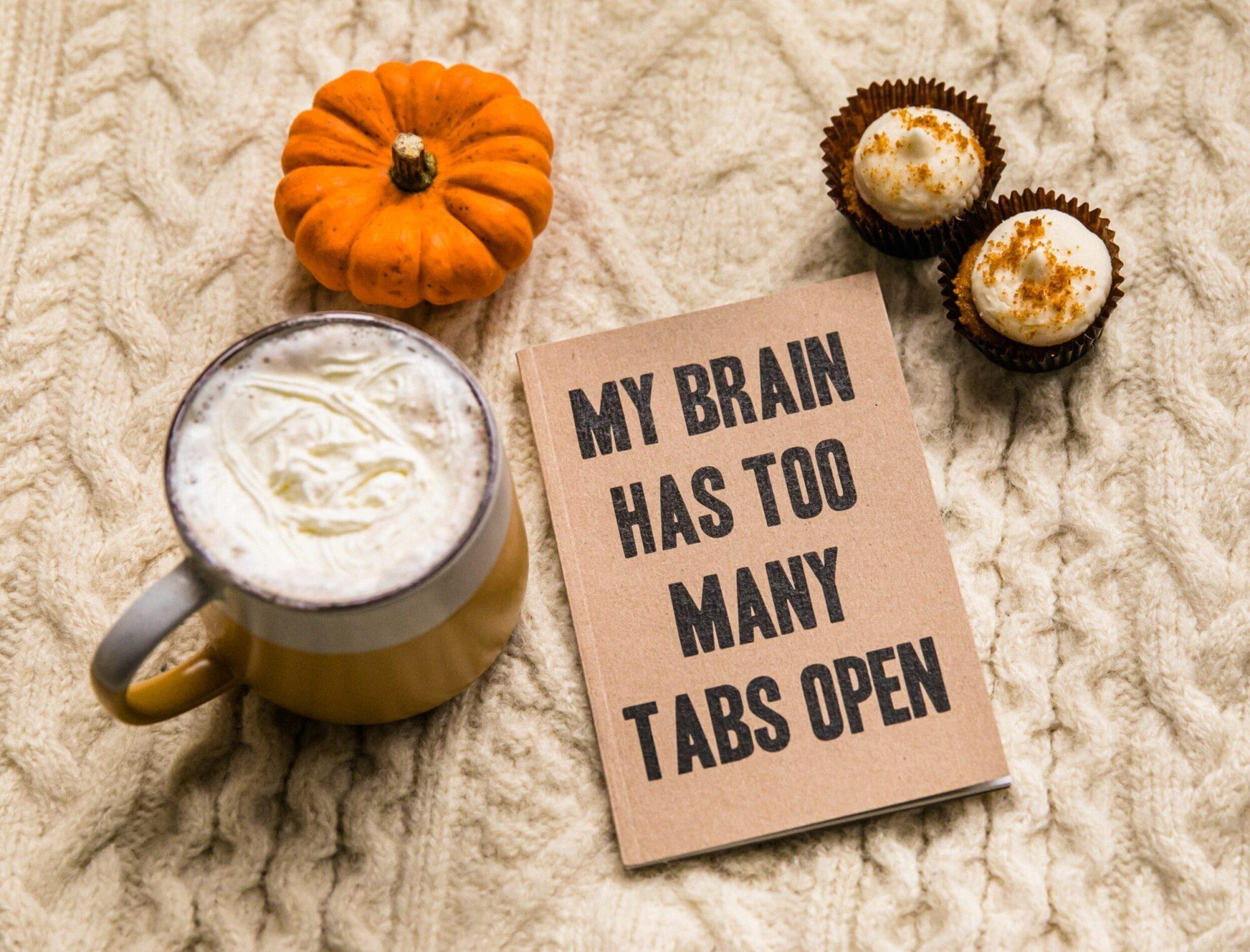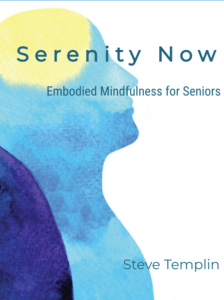One of the most painful emotional injuries we suffer is to feel rejected by those we love, especially family. Often, we’re rejected simply because we’re different from others, and not understood.
Roughly twenty percent of individuals share a biological and genetic trait that makes them different and quite frequently feeling misunderstood and rejected.
High Sensitivity, also known more technically as Sensory Processing Sensitivity (SPS), makes life more challenging for those who possess the trait. It’s a brain trait where individuals process life experiences more deeply, in that they tend to think and feel more intensity.
(I’m highly sensitive and you can read more about my experience and perspective here.)
If that wasn’t taxing enough, add a heaping dose of being misunderstood, and most likely judged, rejected, or shamed, by others, and even by oneself.
The trait is biological. It’s reflected in specific brain circuitry and in gene expression.
Biological research shows that roughly 20% of human and animal populations exhibit the sensitivity trait. Research also suggests that sensitivity can ultimately support species survival and well-being, especially if the trait is understood and appreciated. The challenge for this highly sensitive minority is learning how to navigate the trait in a culture that’s dominated by non-sensitive individuals.
(Another perspective on high sensitivity is that it offers us a perceptual lens into the quantum world where everything and every being is part of an interconnected whole, which is a topic for another time.)
Research using Functional MRI brain imaging shows how the brains of HSPs differ from less sensitive individuals. For example, brain areas that relate to sensory input and emotional empathy show more activity on the fMRI in the highly sensitive population. In addition to differences in brain circuitry, HSPs also show variations in gene activity related to the neurotransmitters serotonin and dopamine.
Depth of Processing … Overstimulated … Emotional Intensity & Empathy … Subtleties
Elaine Aron, Ph.D., the discoverer of the Highly Sensitive Person trait describes its most salient features with the acronym D.O.E. S.
D. Stands for Depth of Processing
The brain of a highly sensitive person perceives more and makes more connections than the brain of a less sensitive person. This leads to deeper and more creative thinking.
O. Stands for Overstimulated
Because of the brain’s capacity for sensitivity and deep processing the HSP is vulnerable to being overstimulated or overwhelmed by sensory input. This over stimulation can make it necessary for more downtime to allow the overly busy brain and nervous system to recover.
E. Stands for Emotional Intensity and Empathy
HSPs tend to feel emotions more deeply and are more influenced by them. This emotional reactivity is often a source of confusion or discomfort for the friends, family, and coworkers of the HSP. They will also tend to be more empathically aware of the emotional states of others. All of this enhanced feeling awareness can be another source of over stimulation if it’s not managed properly.
S. Stands for Subtleties
The highly sensitive person will be aware of more subtleties in their environment. Whether it’s sounds, sights, smells, tastes, or other sensations, the HSP will be aware of more subtle differences, akin to the wine taster who can distinguish very subtle differences in taste and smell.
Here’s a quick online test you can take for High Sensitivity.
If you suspect that someone you love or know is highly sensitive, understanding and respecting their differences is one of the greatest gifts you could give them.
Navigating High Sensitivity for Health & Well-Being
Self-understanding and self-acceptance are game changers when it comes to the highly sensitive. That’s a top down or thinking shift that will make the actual navigation of high sensitivity a possibility.
The bottom up perspective is experienced in the body. The essential key to updating how your brain and nervous system function is based on your capacity for interoception. Interoception relates to how you experience sensations and feelings from the inside.
The more subtle skills you develop for noticing inner experience (interoception) the greater will be your capacity for resolving buried stress and trauma. This is really important because old emotional trauma is the number one generator of most chronic conditions, whether they’re mental, emotional, behavioral, or physical.
A new medical paradigm is emerging called MindBody Syndromes, or more technically, Psychophysiologic Disorders, that places unresolved stress and trauma as the root causes of a diverse list of chronic complaints. These disorders comprise the bulk of human suffering.
(For a more thorough look at the causes and remedial steps for chronic pain and illness resulting from high sensitivity you can go to my homepage.)
This is a very exciting time where we’re learning that powerful tools for healing are embedded in our brains and nervous systems. The key to activating this self-healing capacity rests in our ability to live more embodied lives. Embodied living means we’ve learned that it’s safe to feel our feelings.
Learning to safely feel is a challenge for everyone, but especially for the highly sensitive, empathic, or intuitive individuals among us.
However, when it comes to learning enhanced interoception, or feeling skills for healing, no one is better equipped than the highly sensitive person.


 Steve is a retired Doctor of Oriental Medicine, Acupuncture Physician, and HeartMath Trauma-Sensitive Certified Practitioner with over 35 years of clinical experience in the fields of Energy Medicine, Energy Psychology, and Biofeedback.
Steve is a retired Doctor of Oriental Medicine, Acupuncture Physician, and HeartMath Trauma-Sensitive Certified Practitioner with over 35 years of clinical experience in the fields of Energy Medicine, Energy Psychology, and Biofeedback. 